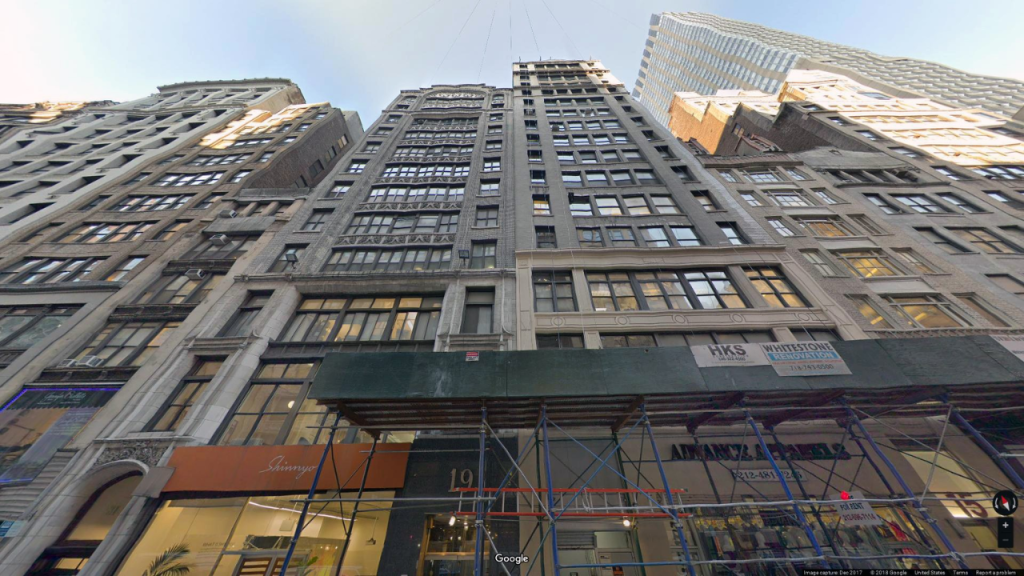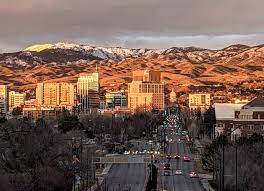Boise City’s reputation as a safe haven is often attributed to its lower crime rate compared to national averages. While this holds true, it’s crucial to acknowledge spatial variability within the city, as certain neighborhoods experience higher instances of both violent and property crimes. This report leverages data from NeighborhoodScout to identify and analyze the five most dangerous neighborhoods in Boise City.
1. W State St / N 36th St (Northwest): This neighborhood exhibits a crime rate of 9.02 serious crimes and 48.86 property crimes per 1,000 residents. This translates to a 1 in 111 and 1 in 20 chance of experiencing violent and property crime, respectively.

2. W Fairview Ave / N 28th St (North-Central): With 8.82 serious crimes and 46.11 property crimes per 1,000 residents, this neighborhood presents a 1 in 113 and 1 in 22 chance of witnessing these crime types.
3. W State St / N 9th St (Downtown): The downtown area exhibits a slightly lower violent crime rate of 8.54 per 1,000 residents, but the property crime rate remains at 44.67, resulting in a 1 in 117 and 1 in 22 chance, respectively.
4. W Overland Rd / S Vista Ave (South-Central): This neighborhood features a 7.97 serious crime rate and 43.64 property crime rate per 1,000 residents, translating to a 1 in 125 and 1 in 23 chance of experiencing these crimes.
5. W Franklin Rd / S Curtis Rd (Southwest): The final safest neighborhood showcases a 7.77 serious crime rate and 42.76 property crime rate per 1,000 residents, signifying a 1 in 129 and 1 in 23 chance, respectively.
Comparative Analysis:
Complementing this neighborhood-specific analysis, the report acknowledges Boise City’s overall lower crime rate compared to both national and state averages. Additionally, it highlights a consistent downward trend over recent years, further solidifying its reputation as a relatively safe city.
Factors Influencing Crime Rates:
The report goes beyond mere data presentation, delving into factors that may contribute to crime variations within Boise City. It acknowledges the potential influence of population size and density, socioeconomic status and diversity, and access to public services and amenities, encouraging readers to consider these aspects when evaluating safety.
Conclusion:
While presenting valuable insights into the safest neighborhoods in Boise City, the report emphasizes the dynamic nature of crime rates and encourages individual research before making judgments. It concludes by reminding readers to consult reliable sources and conduct further investigation to ensure informed decisions and personal safety.
